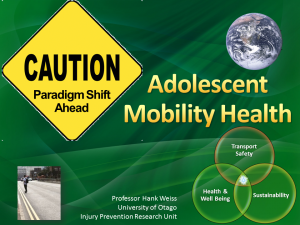By Beck Eleven and Diana Dekker at Stuff

Nearly 90,000 nervous people sat their learner licence tests last year, and close to 58,000 of them passed. Most were under 30 and most of them probably couldn’t wait to get legally behind the wheel.
Getting a driver’s licence is a rite of passage for young people, even for a sprinkling of people in their 40s or older (134 people aged 65 and over sat the test in the past year). But not for some. Some pass their test early, drive for a bit, then stow their licences in a drawer, deciding that driving is not for them. Others never even dare to try. They feel they are too timid, too environmentally conscious, too old or too dreamy to be in charge of a car.
Here are a some of their stories: Continued at original site





 Full Correspondence:
Full Correspondence:
Comments